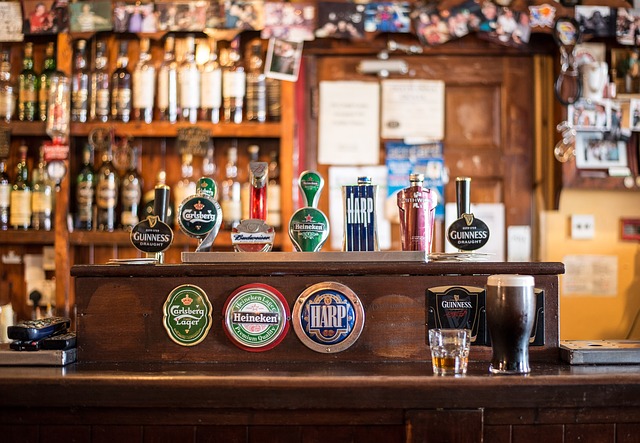We wrapped up measurement on a 10-month sampling campaign for an adult beverage brand today. The program spanned 9 markets and distributed over 80,000 samples to more than 65,000 consumers.
Major Metric Categories
We favor three categories of metrics in most of our experiential measurement work.
- First, we consider “Reach,” that is, how often are we reaching the right consumer.
- Second, we assess “Impact.” This is the level to which we are creating purchase intention individuals reached.
- Third, we combine“Reach” and “Impact” and compare them to the overall spend to identify the “Value” of the program. In many cases, this takes the form of a return-on-investment calculation (Event ROI).
In this example, the team didn’t limit their reporting on Reach to only the consumers engaged and quantity of samples delivered (which, sadly, is still the extent of most experiential measurement reporting). We drilled a little deeper to learn that we were reaching the “right consumer”one-third (32%) of the time. In this case, we identified a very specific demographic profile.
Major Market Segments
Knowing this allows us to segment by market, venue type, activation strategy, and even time of day. We can then identify those situations, places, and times of day when we are maximizing our targeted reach. With this information in hand, the team can report on what they and also paint a road map for future activation strategies that will be almost guaranteed to improve upon this current outcome.
We keep close track of activation hours, bottles sold, and samples. We were, therefore, able to report that we averaged 22 samples per hour and sold an average of four bottles per hour. Keeping track of this data, over 10 months and nine markets, and making sure it is accurate, is not easy.
Bottom Line Benefits
Now we have an accurate prediction tool for promoting items in the future. Being able to prove a 20% conversion rate underscores the short-term payback for the brand and helps to develop the best activation strategy moving forward.
- The Impact was strong across all three of the categories tested (Wine, Ready-to-Serve, and Vodka).
- The Purchase Intent for wine was the strongest at 71% (80% for the target consumer).
- Intent was 68% for Read-to-Serve (76% target consumer) and Vodka at 55% (64% target consumer).
The purchase intent data proved that the event delivered more than just the bottle sales. It proved that consumers who didn’t buy during the activation were going to buy in the future. Now that we know how Intent varies by product and market we and our client are able to develop some predictable return-on-investment models.


